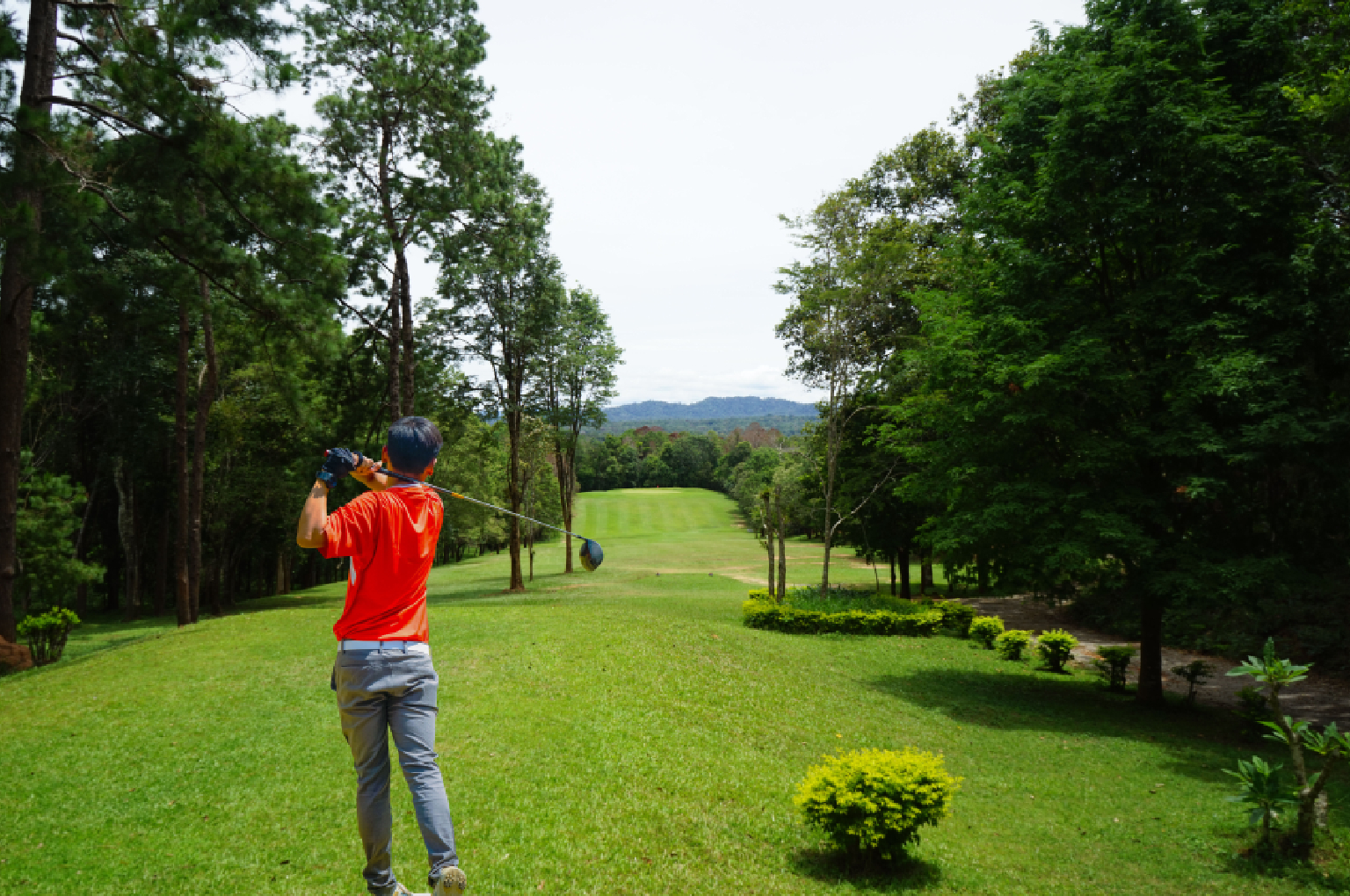Introduction : Creating eco-friendly golf courses is not only a step towards preserving the planet but also a way for enhancing golfing experience by integrating the game with its natural surroundings. As golf courses are known for their extensive use of land, water and chemicals, the shift towards eco-friendly practices is essential for sports sustainability.
The comprehensive guide outlines the essentials of maintaining an eco-friendly golf course, drawing upon the latest insights and strategy from industry leaders.
- Golf Course Essentials : The key to a successful eco-friendly golf course lies in understanding and implementing practices which minimize environmental impact while maintaining or even enhancing the quality of the golfing experience. These include strategies for water conservation, biodiversity enhancement and reduction in chemical use.
- Golf Grass : A fundamental aspect of any golf course is its grass, which not only impacts the playability of the course but also its environmental footprint. Even though there are various types of grass suitable for golf courses, the choice should prioritize those that are sustainable and require fewer resources to maintain.
- Water Conservation and Quality Management : Water conservation is a critical issue for golf courses, especially in regions prone to drought. Implementing an efficient irrigation system, using recycled or reclaimed gray water and allowing certain areas to revert to their natural state during dry periods are effective strategies. But apart from conservation, managing water quality is essential. This can involve mitigating erosions, using environmentally sensitive plant management techniques near water hazards and employing bio control like algae eating fish for maintaining the health of aquatic ecosystems.
- Chemical Use and Biodiversity : Reducing the use of synthetic pesticides and fertilizers is pivotal in maintaining an eco-friendly golf course. Opting for organic options and integrating pest resistant grasses can lower the environmental impact. Enhancing the biodiversity of a golf course not only benefits the local ecosystem but also contributes to improving the aesthetic and appeal of the course.
- Resource Management and Waste Reduction : Efficient resource management includes reducing the use of harmful chemicals and managing waste and wastewater effectively. Composing, recycling and using environmentally friendly materials for course maintenance are key components. Investing in sustainable energy sources, like solar panels for empowering golf carts, contributes to a lower carbon footprint.
- The Symbiotic Relationship between Ecology and Golf courses : Golf courses, often perceived as sprawling expanses dedicated solely to sport, hold a deeper, intrinsic value which intertwines closely with environmental stewardship and biodiversity. This understanding propels us into a complex yet fascinating relationship between ecology and golf, revealing how these green spaces serve not just athletes but also the broader ecological community.
Golf course construction management
Conclusion : Maintaining an environmentally – friendly golf course is a multifaceted endeavor which transcends mere playability to encompass a deep commitment to environmental sustainability. And Golf Design India over the years has built a reputation for practicing sustainability while building their golf courses.


YOUR COMMENT